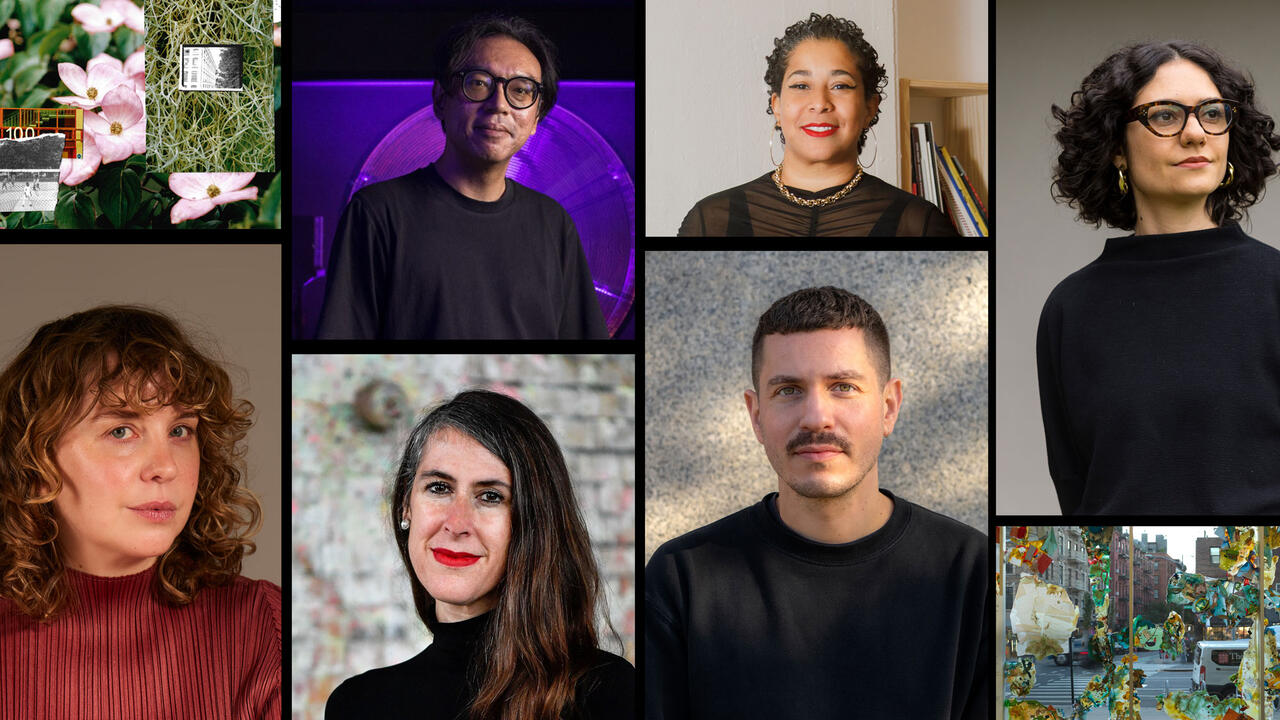Willoughby Sharp
23 January, 1936 – 17 December, 2008
23 January, 1936 – 17 December, 2008

Willoughby Sharp, who died last month at the age of 72, was born in New York City and trained as an art historian before working as an artist, teacher, published, independent curator, pre-internet telecommunications activist and gallerist. He was often called a ‘promoter’ of art, though his professional persona – difficult as it is to sum up – is better described in less commercial terms as a catalyst. As he put it himself, Sharp ‘devoted his life entirely to art.’
Sharp met Joseph Beuys in Düsseldorf in the late 1950s, and, aside from going on to collaborate a large number of projects, Sharp was instrumental in bringing Beuys to the US in the 1970s. Other early friends included Yves Klein and Marcel Duchamp. When Sharp started working in the 1960s, he had in this way already had personal contact with artists from the European avant-garde. It was an era of unauthorized experimentation and he soon became polymorphously engaged in the New York art scene, his embedded approach often involving a contribution to the idea and the thinking of each individual discipline or project. Sharp always took care to articulate – in words or practice – why it was necessary to change perspectives and synchronize experiences. As he said of his own ‘Videoperformance’ (1974) exhibition in New York, ‘In early 1973, I started doing an extended series of performances with video. I decided that this special kind of artistic activity was so important, that there were so many visionary artists (like Bruce Nauman) doing this kind of work, I had to curate an exhibition devoted to it.”

This same habit of not keeping things for himself made Sharp start Avalanche magazine (which ran between 1970-76) together with the filmmaker Liza Bear. By proposing the art magazine as a site of production, Avalanche was close to the information-based ethos of conceptualism; through interviews it foregrounded the voices of artists, who were also encouraged to engage with the magazine as an exhibition space. Avalanche was a project-oriented cousin of Warhol’s Interview, and became a bridgehead for New York and European experimentalism, featuring works and interviews by artist such as Joseph Beuys, Bas Jan Ader, Alice Aycock, General Idea, Hans Haacke, Yvonne Rainer, Robert Smithson, Lawrence Weiner, as well as many others. Sharp’s own work can be compared to that which Chris Burden and Vito Acconci were producing at the time, and is a case in point that electronic media doesn’t necessarily create impersonal art.
Between 1973 and 1976, Sharp produced a series of some 60 video performances on LSD. Characterized by pain, violence and strong personal emotion, Sharp was usually the sole protagonist, isolated in a room next to the gallery space where the audience would be watching the performance on monitors via a live video feed. Each performance was half an hour (the running time of a videotape) and was based on a rudimentary script, often with an autobiographical dimension confronted in a kind of therapeutical form of slapstick. The use of LSD was considered as a catalyst between memory, body and electronic media. One performance involved the artist taking LSD and putting himself into a rotating industrial clothes dryer while thinking of his parents making love (Full Womb, 1975); for another, in order to recapture his inner child, Sharp wore a nappy while tripping in a crib (Saskia!, 1974). As well as being included in ‘Information’ at MoMA in 1970, Sharp represented the US at the Venice Biennial in 1976.
Sharp’s curatorial career spanned more than four decades. Particularly in the ‘60s and ‘70s his exhibitions mapped out whole swathes of contemporary artistic concerns and gave the audience ring-side seats for the first stirrings of post-modern art. These were such now-famous shows as ‘Pop Art’ (Columbia University, N.Y., 1964), ‘Light, Motion, Space’ (Walker Art Center 1967); ‘Air Art’ (Philadelphia and six other locations, 1968); ‘Earth Art’ (Cornell University, Ithaca, N.Y., 1969) and ‘Place and Process’ (Edmonton, Canada 1969). Sharp was not only a man with many hats; as his friend Tobey Crockett put it, Sharp moved heaven and earth. This was quite literally true of his curatorial efforts, which connected to his later pioneering of electronically networked art, such as TV broadcasts and interactive satellite transmissions.
It was throat cancer that claimed Sharp’s life. During his struggle with the illness his wife, Pamela Seymour Smith Sharp, dedicated herself to taking care of him and making his work known. Willoughby Sharp is also survived by two former wives, his daughter Saskia Sharp, and two grandchildren.













